Introduction
Lamb stew, a hearty and flavorful dish, has been a staple in culinary traditions across various cultures for centuries. Its rich, aromatic broth and tender, succulent meat make it an ideal choice for cold weather, providing both comfort and nourishment. While there are numerous variations of lamb stew recipes, the fundamental principles remain the same: selecting the right cut of lamb, preparing the ingredients thoughtfully, and simmering the stew slowly to allow all the flavors to meld together. This comprehensive guide aims to equip you with the knowledge and skills necessary to create a memorable lamb stew that will warm your soul and satisfy your taste buds.
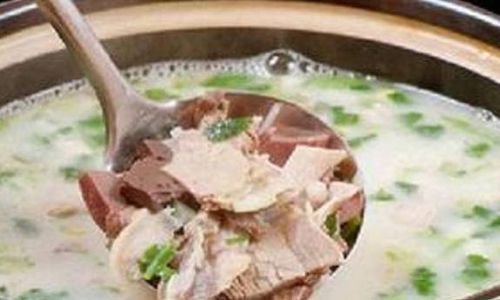
Chapter 1: Understanding Lamb Cuts
Before diving into the recipe, it’s crucial to familiarize yourself with the different cuts of lamb suitable for stewing. Lamb stew typically calls for cuts that are tough and sinewy, as these benefit the most from long, slow cooking processes. Here are some of the most popular lamb cuts used in stewing:
-
Lamb Shoulder: This cut is well-marbled and contains a good amount of connective tissue, which breaks down during slow cooking, resulting in tender, flavorful meat.
-
Lamb Shank: Known for its rich, meaty flavor and gelatinous texture, lamb shank becomes incredibly tender after hours of simmering.
-
Lamb Breast: While less common in stew recipes, lamb breast offers a high fat-to-meat ratio, making it ideal for slow cooking to render its fat and tenderize the meat.
-
Neck and Riblets: These cuts are also suitable for stewing, as they benefit from long, slow cooking to tenderize the meat and develop flavor.
When choosing your lamb cut, look for meat that is well-aged, with a bright red color and firm texture. Avoid cuts that appear dull or have a slimy surface, as these may indicate poor quality or spoilage.
Chapter 2: Gathering Your Ingredients
The beauty of lamb stew lies in its simplicity and the harmonious blend of flavors. Here’s a list of essential ingredients you’ll need to make a classic lamb stew:
- Lamb Cut: As discussed, choose a suitable cut for stewing.
- Vegetables: Onions, carrots, celery, and garlic are the foundation of most stew recipes. They add sweetness, earthiness, and aromatic depth.
- Aromatics: Bay leaves, thyme, rosemary, and parsley provide herbal notes and enhance the overall flavor profile.
- Liquid: Beef or lamb broth is ideal, as it complements the meat’s flavor. Red wine can also be added for extra depth and complexity.
- Tomatoes: Fresh tomatoes, tomato paste, or canned diced tomatoes add acidity and richness.
- Seasonings: Salt, pepper, and optionally, red pepper flakes or paprika for a hint of heat.
- Starch: Potatoes, pearl barley, or lentils can be added to thicken the stew and provide additional texture and nutrition.
Chapter 3: Preparing the Ingredients
Proper preparation of your ingredients is key to ensuring a successful lamb stew. Here’s how to prep each component:
-
Meat Preparation:
- Trim any excess fat from the lamb, leaving just enough to keep the stew moist and flavorful.
- Cut the lamb into large, manageable pieces, about 2-3 inches in size. This allows for even cooking and ensures the meat stays tender.
- Season the lamb generously with salt and pepper. You can also use a dry rub or marinade if desired.
-
Vegetable Preparation:
- Peel and chop the onions, carrots, and celery into bite-sized pieces. This ensures they cook evenly and blend into the stew’s texture.
- Mince the garlic and chop the fresh herbs if using.
-
Aromatics and Seasonings:
Gather your dried herbs and spices. If using fresh herbs, tie them into a bouquet garni with kitchen twine for easy removal later.
-
Liquid and Tomatoes:
- Measure out your broth and, if using, pour the red wine into a measuring cup.
- Dice fresh tomatoes or prepare canned tomatoes as per the recipe instructions.
Chapter 4: Cooking the Lamb Stew
Now that your ingredients are prepared, it’s time to cook the lamb stew. Follow these steps for a perfect result:
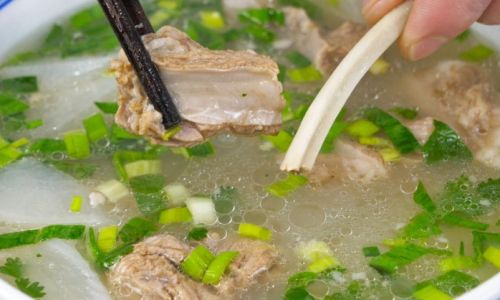
-
Sear the Lamb:
- Heat a large, heavy-bottomed pot or Dutch oven over medium-high heat. Add a tablespoon or two of oil and, once hot, sear the lamb pieces until they are browned on all sides. This locks in juices and adds a layer of flavor to the stew.
- Remove the lamb from the pot and set it aside.
-
Sauté the Vegetables:
- In the same pot, add the chopped onions, carrots, and celery. Sauté until they begin to soften and caramelize, about 5-7 minutes.
- Add the minced garlic and cook for another minute until fragrant.
-
Deglaze the Pot:
- Pour in the red wine (if using) and stir to scrape up any browned bits stuck to the bottom of the pot. This adds extra flavor to the stew.
- Let the wine reduce by half, then add the broth.
-
Add Aromatics and Seasonings:
- Return the seared lamb pieces to the pot.
- Add the tomatoes, dried herbs, and any additional seasonings.
- Bring the mixture to a simmer, then reduce the heat to low.
-
Simmering:
- Cover the pot and let the stew simmer gently for at least 2-3 hours, or until the lamb is very tender and the flavors have melded together. If using potatoes or other starches, add them in the last 30-45 minutes of cooking.
- Check the stew occasionally, stirring gently to prevent sticking and adding more broth or water if necessary to maintain the desired consistency.
-
Finishing Touches:
- Taste the stew and adjust the seasoning with salt and pepper as needed.
- If using fresh herbs, stir them in during the last 10 minutes of cooking.
- If the stew is too thin, you can remove some of the liquid and reduce it on the stovetop before adding it back to the pot.
Chapter 5: Serving and Enjoying Your Lamb Stew
Once your lamb stew is cooked to perfection, it’s time to serve and enjoy. Here are some tips for presenting and serving your stew:
-
Garnishing:
- Sprinkle freshly chopped parsley or other herbs over the top for a burst of color and freshness.
- A drizzle of olive oil can also add a nice finish.
-
Accompaniments:
- Serve your lamb stew with crusty bread to sop up the delicious broth.
- A side of roasted vegetables, mashed potatoes, or rice can also complement the stew nicely.
-
Presentation:
- Ladle the stew into bowls, ensuring each serving has a mix of meat, vegetables, and broth.
- Garnish each bowl individually for a touch of elegance.
Chapter 6: Storage and Reheating
Lamb stew is a fantastic dish to make in bulk, as its flavors continue to develop over time. Here’s how to store and reheat your leftovers:
-
Storage:
- Let the stew cool to room temperature, then transfer it to airtight containers.
- Refrigerate for up to 4 days or freeze for up to 3 months.
-
Reheating:
- To reheat, thaw frozen stew in the refrigerator overnight if necessary.
- Place the stew in a pot on the stovetop over low heat, stirring occasionally until heated through.
- Alternatively, reheat in the oven at a low temperature (around 300°F) until warm and bubbly.
Conclusion
Making lamb stew is a rewarding culinary endeavor that combines patience, precision, and a love for good food. By following the steps outlined in this guide, you’ll be able to create a lamb stew that is not only nutritious and comforting but also bursting with flavor and aroma. Whether you’re cooking for a family dinner, a friend’s gathering, or simply treating yourself, a well-made lamb stew is sure to impress and delight. So, gather your ingredients, roll up your sleeves, and embark on a culinary journey that promises delicious results. Bon appétit!
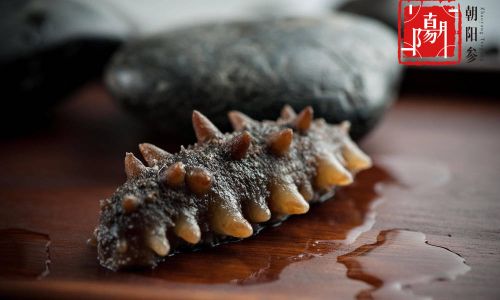



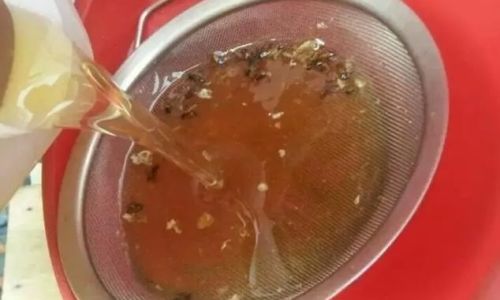
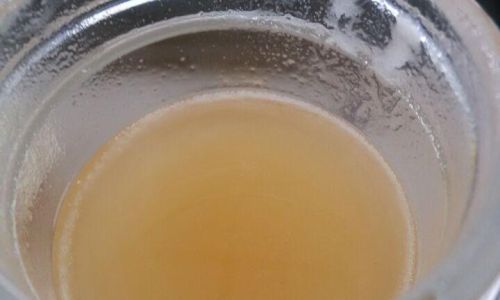
0 comments